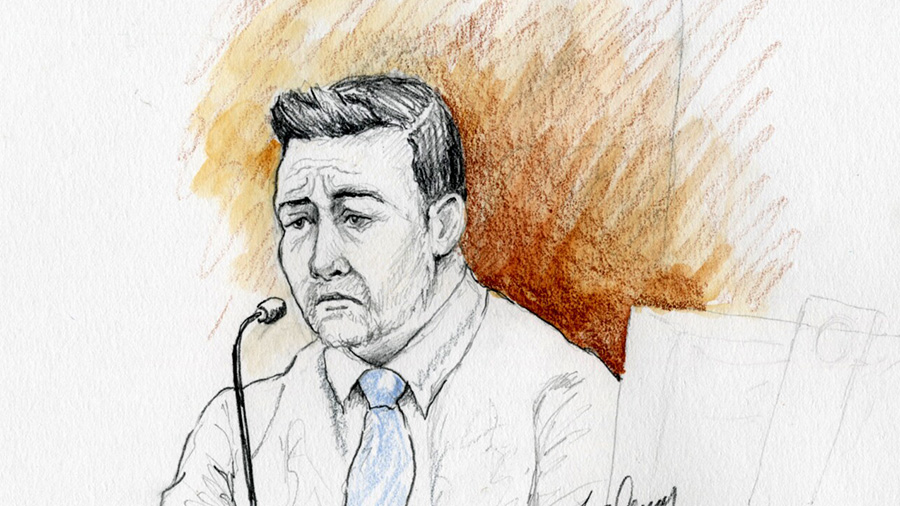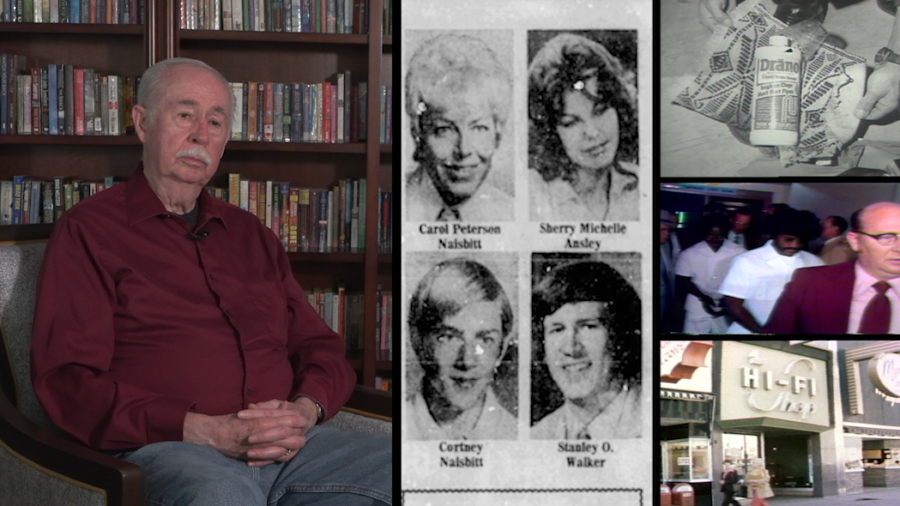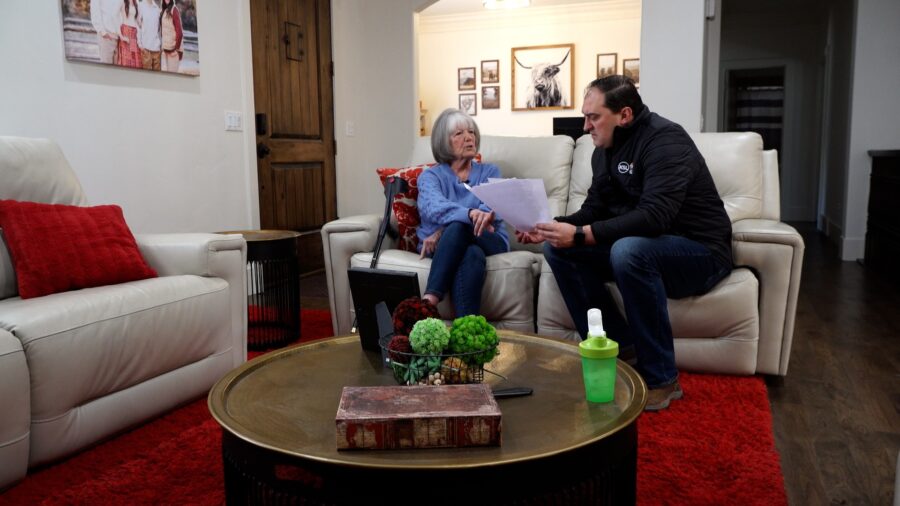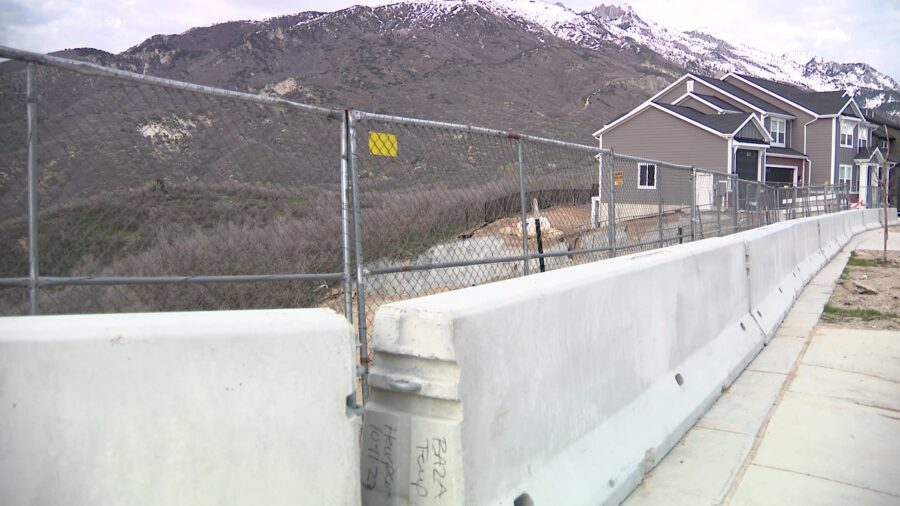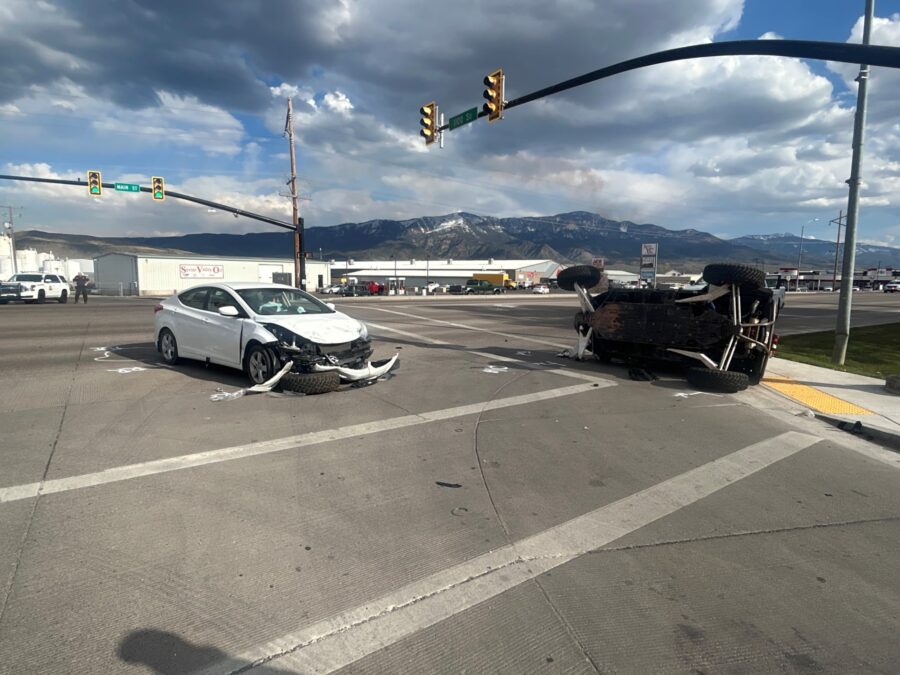‘Fight back’ program against active shooters gains traction in Utah charter schools
Apr 13, 2018, 10:47 PM | Updated: Apr 14, 2018, 12:55 am
NIBLEY, UTAH — While efforts to arm teachers have been no stranger to headlines in recent years, a far broader, “fight back” approach to school safety now appears to be gaining traction among the state’s charter schools.
The Utah Association of Public Charter Schools recently brought on YouTactical founder, Dave Acosta to conduct training sessions around the state, centered around a program that teaches educators to, among other things, defend their students from active shooters with their bare hands.
“We said, look, here’s an opportunity for us to take a real expert with Dave Acosta and bring him into the schools and talk in different ways about what schools can do today to improve the school safety for their students,” said UAPCS executive director Royce Van Tassell. “As an association, we’re not going to take a position on what the right solution is. Every school is a little bit different, and that’s one of the things that makes Dave a great partner. He provides a variety of options depending on what works.”
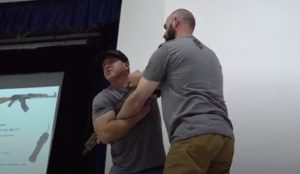 Friday, roughly two dozen administrators and teachers gathered at Thomas Edison Charter Schools South, in Nibley, to learn from Acosta.
Friday, roughly two dozen administrators and teachers gathered at Thomas Edison Charter Schools South, in Nibley, to learn from Acosta.
“How many people can a bad guy shoot in 5 minutes if nobody interferes?” Acosta asked the group. “If nobody interferes, it’s a lot of people. Let me just say that.”
The educators also watched and practiced techniques to disarm would-be active shooters in scenarios that featured handguns and AR-15 rifles.
“I think that it gives us the upper hand,” said Shem Smith, principal of Thomas Edison North. “I think that’s really what will keep (students) safe.”
Among the attendees was Utah State Board of Education member Terryl Warner, who represents District 1.
“About a month-and-a-half ago, Rep. (Mike) Kennedy, (R-Alpine), created the Utah School Safety Commission and one of the things that we’re looking at is some sort of run-hide-fight-type program for students and educators and paraprofessionals and administrators, so I think this is really an excellent program,” said Warner, who sits on the commission. “I think it needs to be left up to a local decision-making process with a local board. Obviously Thomas Edison was really interested in it and they chose to proceed with this, but I think it’s something that we could see. We’ve got to look at doing a number of things.”
Whether public school districts ever adopt a program like Acosta’s remains uncertain.
Acosta said all schools should consider the training.
“We need to change or shift the culture,” he said. “Do something. It’s that simple.”
Van Tassell said other regional training sessions have taken place in or are planned at other locations at both ends of the state, and have been made possible by a grant that allows the association to provide training on a regular basis.
“Charter schools are usually a little bit smaller and therefore a little bit more nimble,” Van Tassell said. “I think that’s why we’ve been able to pull this together so quickly. Our hope, though, is that all of public education is able to address these pressing issues.”

